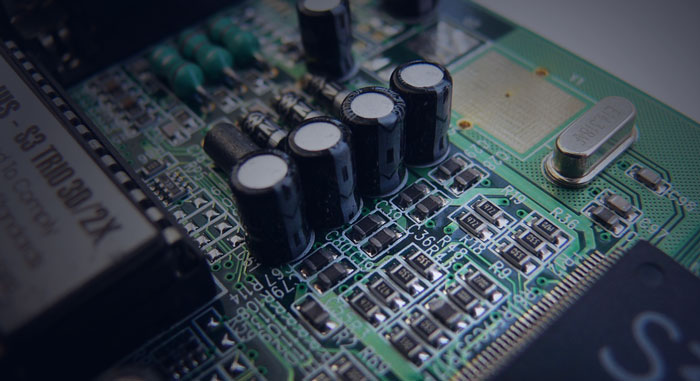
Some ways of using electronic components can cause circuit failure. If you can't find the problem, try to focus on the small Surface Mount resistors. The selection of resistors in almost all power supply designs has different characteristic priorities and performance requirements, including the need for resistors capable of handling high voltages, high currents, and high power, and the need for resistors with low tolerances.
The SMD Resistor is known for its stable performance, but it should be noted that the resistance in the case of over power, there are generally two situations:
a. Instant over power: the resistor appearance is basically unchanged, but the resistor is already open;
b. Long-time over power: the resistance temperature is very high, its resistance value will be changed, and it will burn the open circuit if in the worse conditions.
When you are design and use Surface Mount Resistor, its reliability is reduced when the maximum power exceeds their rated power. In general, it is designed to be used with 70% reduction of rated power. Further reduction is necessary when the ambient temperature exceeds 70°C. The working voltage is generally designed for use with a 75% drop of the highest rated voltage. Transient voltage cannot exceed the maximum working voltage, otherwise there is a risk of breakdown. For resistors with resistance values less than 1Ω, the key parameters of the resistor are the rated current and the maximum operating current, not the rated voltage and the maximum operating voltage. When this kind of resistor is used, the current flowing through the resistor is large, so it is suggested to directly use the current RMS value to calculate the actual working power consumption of the resistor.
Another common damage to Surface Mount Resistor is mechanical damage that results in an open circuit state and subsequent circuit abnormalities, even though the device appears to be normal. If you pay more attention to some details in the process of use, you can greatly reduce the probability of these risks, thus improving the stability of the product.